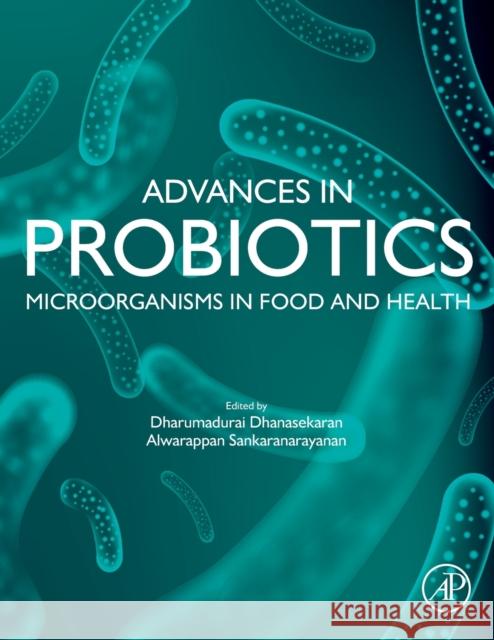Advances in Probiotics: Microorganisms in Food and Health » książka
topmenu
Advances in Probiotics: Microorganisms in Food and Health
ISBN-13: 9780128229095 / Angielski / Miękka / 2021 / 568 str.
Kategorie:
Kategorie BISAC:
Wydawca:
Academic Press
Język:
Angielski
ISBN-13:
9780128229095
Rok wydania:
2021
Ilość stron:
568
Waga:
1.29 kg
Wymiary:
27.94 x 21.59 x 2.92
Oprawa:
Miękka
Wolumenów:
01
Dodatkowe informacje:
Bibliografia











